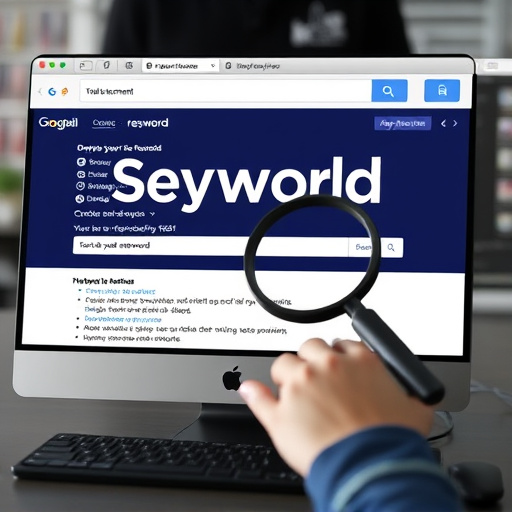Successful e-commerce web design in the digital era requires an omnichannel strategy integrating online and offline shopping experiences. This includes features like click-and-collect and in-store payments, strategic planning, custom design, and backend systems for data synchronization. SEO marketing and link building enhance visibility. A seamless, uniform experience across devices builds trust. E-commerce web designers in Broward should focus on intuitive architecture and responsive design to improve Google rankings. This integrated approach merges physical and digital shopping, enhancing customer engagement, sales, and brand loyalty.
In today’s digital landscape, a successful omnichannel strategy is vital for e-commerce businesses aiming to thrive. This article explores how effective e-commerce web design serves as the cornerstone of this integrated approach. We delve into understanding the unique requirements of omnichannel commerce, identifying key design elements that ensure seamless consistency across various touchpoints, and strategies to merge physical and digital shopping experiences for a truly connected brand experience.
- Understanding Omnichannel Commerce Requirements
- Key E-Commerce Web Design Elements for Consistency
- Integrating Physical and Digital Shopping Experiences
Understanding Omnichannel Commerce Requirements

In today’s digital landscape, understanding omnichannel commerce requirements is paramount for e-commerce web design. Omnichannel strategy mandates a seamless integration of online and offline shopping experiences. This means customers should have no difficulty transitioning between browsing on their devices, visiting physical stores, and making purchases across various touchpoints. A well-designed e-commerce website that supports this approach must be flexible and adaptable, incorporating features such as click-and-collect options, in-store payments, and real-time inventory updates to foster a consistent experience.
E-commerce web design for omnichannel commerce requires strategic planning to meet diverse customer needs. This involves not just creating an attractive frontend but also implementing robust backend systems that facilitate data synchronization across channels. Custom website design plays a pivotal role here, allowing businesses to tailor their online presence to reflect their brand identity and unique selling points. Additionally, leveraging SEO marketing services and link building strategies can enhance visibility and drive traffic from various sources, ultimately contributing to the overall success of an omnichannel approach.
Key E-Commerce Web Design Elements for Consistency

A successful omnichannel strategy hinges on seamless integration between online and offline shopping experiences. Key elements of e-commerce web design play a pivotal role in achieving this consistency. A website should exhibit uniform branding, including logo placement, color schemes, and typography across all platforms—desktop, mobile, and tablet—to create a cohesive brand identity. This unity reinforces recognition and builds trust with customers, regardless of their touchpoint.
Furthermore, implementing consistent navigation menus, search functionality, and checkout processes enhances the user experience. A well-designed e-commerce web design agency in Broward should prioritize intuitive website architecture and responsive design to ensure that customers can effortlessly browse products, gather information, and complete purchases seamlessly across devices, thereby improving Google search rankings through enhanced user engagement and reduced bounce rates.
Integrating Physical and Digital Shopping Experiences

In today’s digital era, e-commerce web design is no longer a standalone effort but an integral part of a comprehensive omnichannel strategy. This means seamlessly integrating physical and digital shopping experiences to create a unified customer journey. A well-designed e-commerce website should reflect the brand’s offline stores and vice versa, ensuring consistent visual aesthetics, navigation, and overall user experience across all channels. For instance, a local retail store can use its physical location as a launching point for an enhanced online presence, leveraging local SEO services to attract nearby customers while offering online exclusives and promotions.
A website designer in Davie FL plays a crucial role in facilitating this integration by understanding the brand’s offline operations and translating them into effective digital solutions. They collaborate closely with businesses to develop e-commerce websites that not only look appealing but also function as powerful tools for customer engagement, sales, and brand loyalty. By bridging the physical and digital shopping gaps, these designers enable businesses to create a cohesive omnichannel experience that attracts and retains customers in today’s competitive market.
E-commerce web design that supports an omnichannel strategy is essential in today’s digital era, where consumers seamlessly transition between physical and online shopping experiences. By integrating key elements like consistent branding, unified product catalogs, and seamless checkout processes, businesses can create a cohesive customer journey. Adopting these strategies ensures customers have a unified experience across all channels, fostering brand loyalty and driving sales growth. Effective e-commerce web design is not just about creating an attractive site; it’s about building a bridge between physical and digital shopping, enhancing the overall consumer experience.














